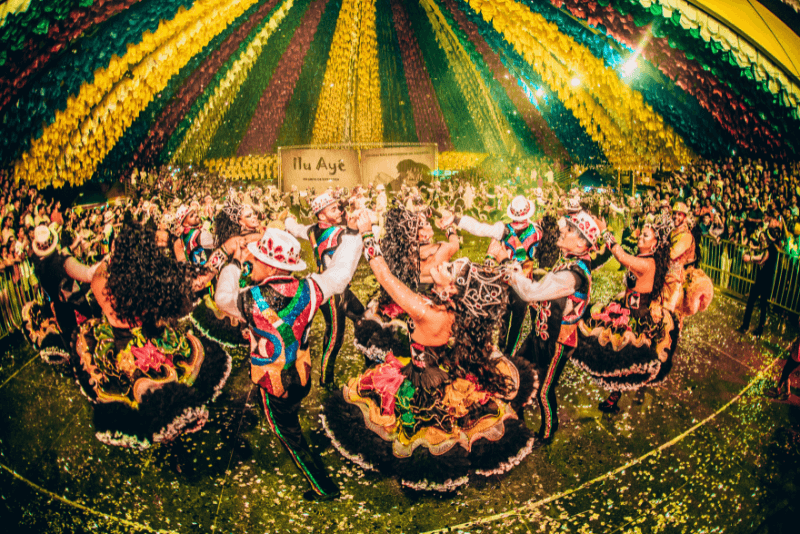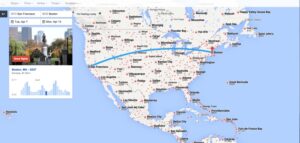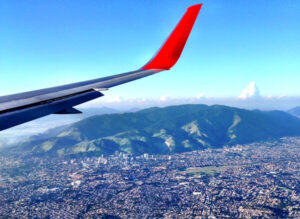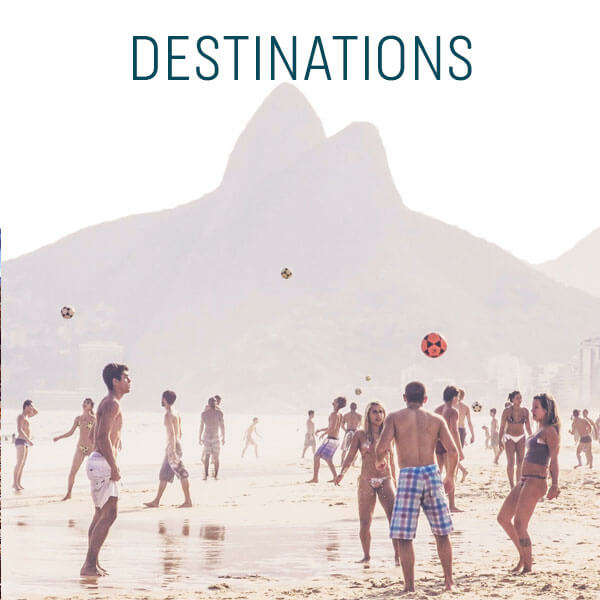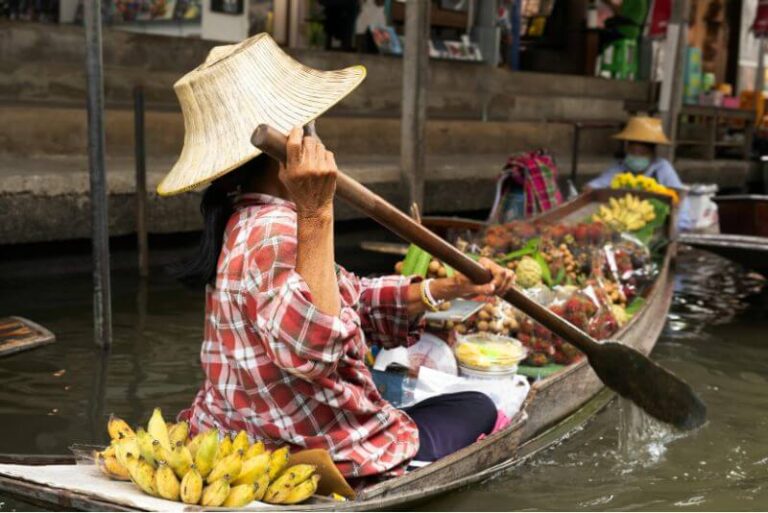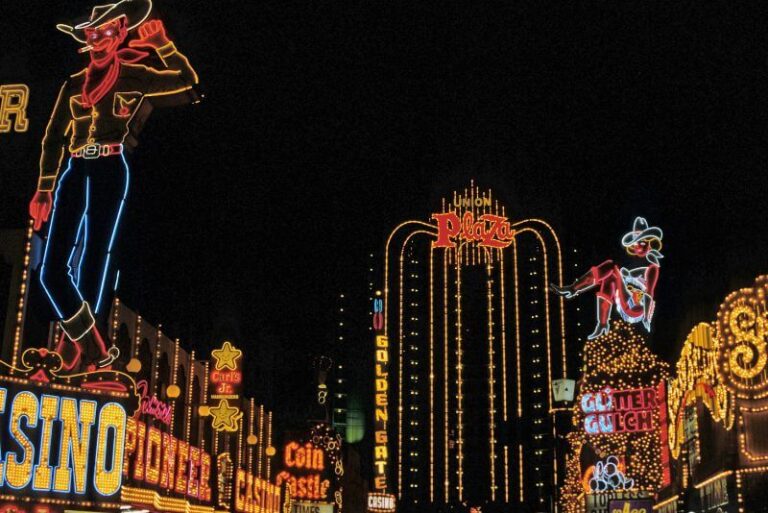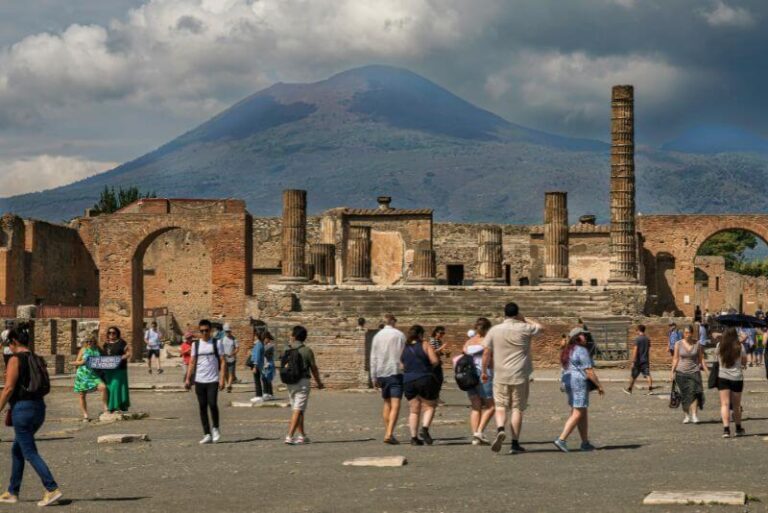In Brazil, the carnival is the most celebrated celebration and has grown to be a massive event. Except for manufacturing capacity, shopping centers, and carnival-related businesses, the entire country comes together for nearly a week, and celebrations are fierce, day and night, mostly in coastal cities. In 2018, 6 million people attended Rio de Janeiro’s carnival alone, 1.5 million of whom were tourists from both inside and outside of Brazil. Guinness World Records claims that Rio’s carnival is the biggest in the world. Let’s dive in and find out when is carnival in Brazil.
When Is Carnival In Brazil?
Carnival is the primary celebration in Brazil and has been dubbed “The Greatest Show on Earth.” The Rio Carnival begins on Friday and runs through Tuesday, or one day before Ash Wednesday, a major Catholic holiday that marks the beginning of Lent. If you truly want to know what Carnival is, you should visit the Sambodromo, especially on Carnival Sunday and Monday, to see for yourself why millions of people from all over the world come to celebrate this yearly event.
Brazil does not consider the Carnival celebrations to be a national holiday. Apart from the designated national holidays, Brazil has a system that allows areas to add a number of holidays. Most areas declare Carnival Days to be state holidays, although not all do; in several southern cities, daily life continues as usual. Typically, the Carnival Days are Federal Holidays, meaning that government workers are off on those days.
A long holiday weekend is also created for many people by the arrangements that many unions and businesses have with their workers to make up work hours for Ash Wednesday morning and Carnival Days.
How Is Carnival Celebrated In Brazil?
Rio de Janeiro’s Copacabana beach hosts the most spectacular festivities, with parades and pageants beginning on Saturday and continuing for the whole four-day festival. On Sunday, when the Sambadrome hosts the samba schools’ competition, the big parade begins. There might be up to 3,000 participants from each school, which highlights the event’s enormous scope.
Bahia
The musical genres of Carnival in Bahia and Rio de Janeiro are different; Bahia’s carnival features a variety of rhythms and samba styles, while Rio’s carnival features a variety of samba styles. Four major carnival groups emerged in Bahia by the 1970s: Blocos Afros, Afoxês, Trios Elétricos, and “Amerindian” groups. While Trios Elétricos employ electric trios, Afoxês worship the Candomblé gods and use African rhythms. Native American names and attire are adopted by Amerindian groups. These days, Trios Elétricos dominate Bahia’s carnival, featuring attractions like the Circuit Barra-Ondina.
Blocos
The Bloco, a carnival tradition in Brazil, was inspired by the “cordons” of the late nineteenth century. The first blocks were officially acknowledged in Rio de Janeiro in 1889, with bands like “Estrela da mocidade,” “bumba meu boi”, and “coracões de ouro.” Today, hundreds of blocos can be found in large cities, performing at a certain time and location each year. Some blocos have a large fan base and attend rehearsals all year long.
Espírito Santo
The carnival in Vitória, or more specifically in Sambão do Povo, is held a week before the carnival. It is up to the schools to select their own themes, which typically center on historical events or some kind of political or cultural movement.
From north to south, Espirito Santos’ carnival offers a wide range of entertainment, particularly in the state’s coastal regions, in addition to the customary school procession.
Pernambuco
The northeastern state of Pernambuco features distinctive carnivals with frevo and maracatu beats in Recife and Olinda. Morning parades are part of the world’s largest parade, the Galo da Madrugada. Frevo is an acrobatic dance in the Pernambucan style. African-inspired Troças and maracatu begin a week before Carnival, and Olinda and Itamaraca celebrate without group contests.
Rio de Janeiro
Known as Carnaval blocos, Rio de Janeiro introduced “cordões” and “dança do coco” as pageant groups in the late 18th century. These bands played instruments and danced as they marched down city streets. They turned into the “fathers” of Brazil’s renowned samba schools, which serve as the cultural hub of the country’s carnival. Although it was the first samba school to receive official recognition, “Deixa-falar” eventually disappeared. In 1929, the first samba school tournament was held, and “Oswaldo Cruz” emerged victorious. Carnival continues to catalyze national unity and is still the country’s event.
Samba Schools
Samba schools are organizations that usually correspond to a community and plan large parades during carnivals in Brazil. Rio de Janeiro hosted the inaugural samba tournament in 1928, the same year the first samba school was established. When Mário Filho financed a parade in Rio de Janeiro, samba competitions started to take shape. Nineteen Samba schools took part, and newspapers set the rules. One of the best schools, Mangueira, took home twenty victories. Other carnival festivities and tribes’ customs were included in Samba schools. In 1935, the phenomena began to spread outside of Rio de Janeiro and has since spread to other Brazilian cities.
São Paulo
On Friday and Saturday nights, the Anhembi Sambadrome hosts the São Paulo Carnival, when local samba schools compete in a parade with a variety of themes. The oldest school, Vai-Vai, has won the Special Group title fifteen times. Thanks to a group formed by the Sexual Diversity Museum of São Paulo to promote inclusivity and respect, the carnival is regarded as the most LGBTQ+ friendly in Brazil. The inaugural transgender samba school was led by Camilla Prins in 2020.
Trio Elétricos
Trio Elétricos is known as Salvador’s carnival heartbeat. Brazilian amplified string instrument pioneers Dodô and Osmar established the Tríos Elétricos in Salvador in the 1950s. They created the “pau elétrico,” the first Brazilian guitar with four or five strings tuned to GDAE or CGDAE. They recruited Temístocles Aragão to perform with them at the Salvador Carnival in 1950. Because of the truck that Fratelli Vita sponsored for their performance, the Trío Elétrico is still utilized in Brazilian carnivals.
Conclusion
Due to the well-known Carnival, many tourists travel to Brazil, and they often ask, “When is Carnival in Brazil?” Carnival often occurs in February or March, depending on when Easter falls in Brazil. It takes place right before Lent, and the week before Ash Wednesday is when the major festivities take place. Although Carnival’s exact dates are not set in stone and change every year, they usually fall between the Friday before Ash Wednesday and Fat Tuesday, the day before Ash Wednesday. Carnival in 2025 will take place from February 13 to February 17.
Rio de Janeiro, São Paulo, and Salvador host some of the most well-known Carnival celebrations, which are highlighted by colorful parades, street parties, samba music, and celebrations throughout Brazil.
